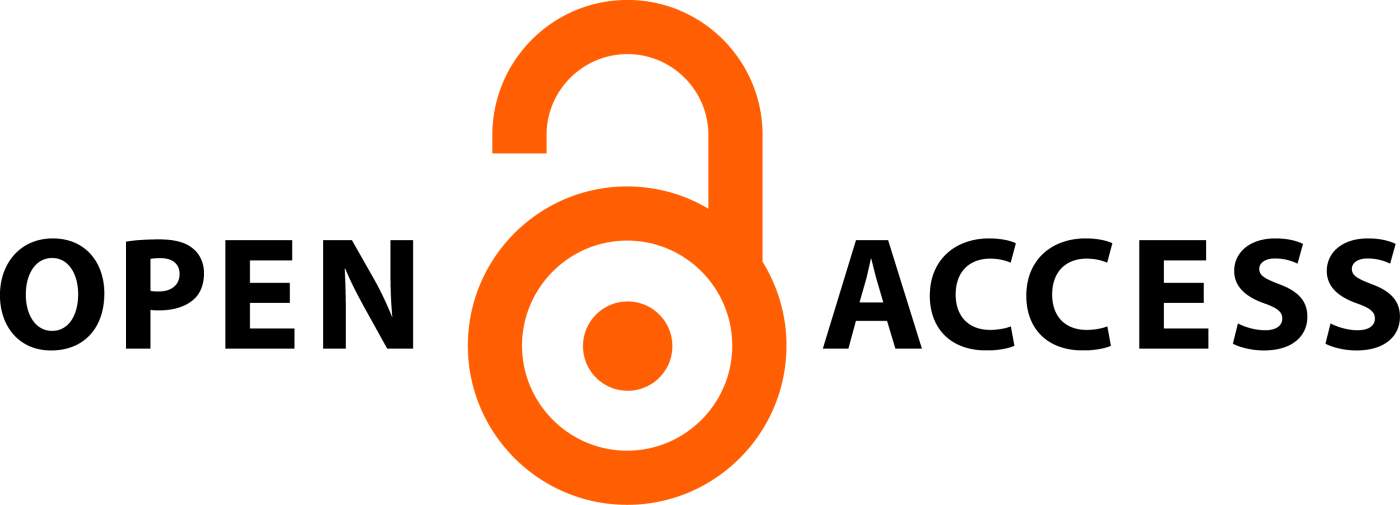NANOGUARD: REVOLUTIONIZING SKIN CARE WITH TOPICAL NANOSPONGES – A NOVEL APPROACH TO COMBAT SKIN INFECTIONS
Abstract
Nanosponges are an innovative technique for dermatological formulations that offer controlled release and enhanced efficacy of active substances. This review investigates novel interactions between synthetic and natural components in nanosponge formulations with the goal of revolutionizing dermatological applications. Skin infections are mostly occurring on the skin’s surface, mostly in the epidermis’s upper layers. An effective barrier against external chemicals, including drugs, is provided by the stratum corneum (SC), the outermost layer of the epidermis. This review focuses on novel techniques to deliver the drug to the target size with accuracy and avoid any negative side effects. The novel formulations combine the therapeutic properties of herbal extracts with the precision of synthetic ingredients to offer enhanced therapeutic effects and a broader variety of applications that might revolutionize the treatment of skin infections. This abstract explores the collaborative potential of merging herbal and synthetic compounds to harness synergies for enhanced therapeutic outcomes.
Downloads
All the articles published in JAPSR are distributed under a creative commons license (CC BY-NC-SA 4.0)
Under this license, you are free to:
- Share- copy and redistribute the material in any medium or format for any purpose, even commercially.
- Adapt- remix, transform, and build upon the material for any purpose, even commercially.
The licensor cannot revoke these freedoms as long as you follow the license terms.
- Attribution — You must give appropriate credit , provide a link to the license, and indicate if changes were made . You may do so in any reasonable manner, but not in any way that suggests the licensor endorses you or your use.
- NonCommercial — You may not use the material for commercial purposes .
- ShareAlike — If you remix, transform, or build upon the material, you must distribute your contributions under the same license as the original.
- No additional restrictions — You may not apply legal terms or technological measures that legally restrict others from doing anything the license permits.
Copyright policy
The journal allows the author(s) to hold the copyright of their work. That means the authors do not need to transfer the copyright of their work to the journal. However, the authors grant JAPSR a license to publish the article and identify itself as the original publisher.
Licensing policy
The journal allows the author(s) to hold the copyright of their work. That means the authors do not need to transfer the copyright of their work to the journal. However, the authors grant JAPSR a license to publish the article and identify itself as the original publisher.






